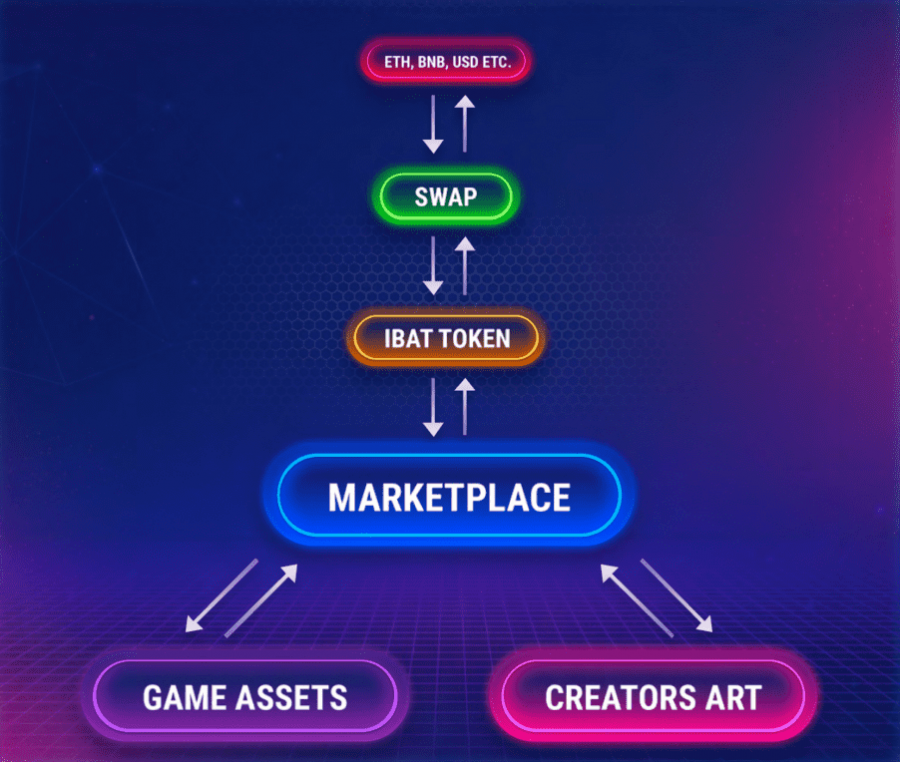Wages don't grow anywhere near the rate that housing prices do, making it difficult for many Americans, including low-income families, to afford the dream of home ownership. However, there is a way such families multiply their savings toward a down payment.
Housing prices increased at 13 times the rate of wage growth from 2012 to 2014, according to an analysis of average weekly wages from the Bureau of Labor Statistics, among other data.
Median wages across the country increased 1.3 percent from the second quarter of 2012 - when home prices bottomed out and started rising again - and the second quarter of 2014. Home prices increased 17 percent in the two years up to December 2014, outpacing wage growth by a 13:1 margin.
There are more than a dozen government programs to help low-income families buy homes, potentially helping them overcome the wage gap with housing prices. One program, the Individual Development Account, or IDA, isn't as well known as the others, rewarding low-income families with dollar-for-dollar matches when saving to buy their first home.
But even supporters of the programs say many of them don't offer enough money to help much with a down payment on a house, and that the money is often used for other allowable purposes such as expanding a small business or going to college.
Up to 8:1 match
The savings can start with as little as $25 - matched to as much as eight to one, depending on the program. They can receive up to $2,000 in federal matching funds, and their local IDA program can contribute more. Participants' income must be 200 percent below their state's poverty level.
Most IDAs are funded by the federal government and are run by nonprofit groups and financial institutions, and grantee programs are required to raise an equal contribution of nonfederal funds. After signing up for the IDA program, participants open a savings account with the partnering bank or credit union and save in the program from six months to several years.
Half of the federal match comes from the Administration for Children and Families, a division of the Department of Health & Human Services. More than 60,000 IDAs have opened in the U.S. since Congress established them in 1998.
Joseph Ritter, a certified financial planner at Zacchaeus Financial Counseling, a non-profit financial counseling service in Florida for low-income households, is with a group launching an IDA in North Carolina and Tennessee in the next six to eight months. It will match savings at 3:1 up to $2,000 for six people, Ritter says, adding that he expects most participants to save $1,000.
That won't help much with a down payment on a home. But for people who can find an IDA that matches more of their money so they can have a $9,000 down payment, such as with the maximum allowable match of 8:1, it can help them afford a home in parts of North Carolina and Tennessee, he says.
Other IDA uses
IDAs can be used for specific asset-building purposes: buying a home, repairing a current home, returning to school, or starting or growing a business. The non-housing uses are where Ritter expects most of his group’s matching funds to go toward, mainly because the low savings amount will go further elsewhere.
"I question whether it's feasible for anyone in the IDA program to save money for a house," he says.
Most of Ritter's clients are small business owners who want the account so they can buy supplies and expand their business, he says. They include an artist and a painter who wants to buy a truck and equipment.
"It would be a very big help for them," Ritter says of the IDA. "It would provide the capital they need."
The IDA program is a great idea, but the amounts that can be saved are just too low for most first-time homebuyers, says Crystal Stranger, a financial advisor and author of "Pro Choice, A Financial Guide for Women."
"It's just not enough to buy a house in a lot of areas, as a down payment," Stranger says.
IDA homebuyers less likely to foreclose
The average down payment assistance in the U.S. is $11,565, according to RealtyTrac, or about $2,500 more than the most an IDA user could receive.
Most people need help coming up with a down payment for a home, perhaps because a home purchase is so large compared to other expenses. In 2014, RealtyTrac found that 87 percent of U.S. homes qualify for down payment help from the 2,290 down payment assistance programs available across the country.
Getting help with a down payment through IDA can help homebuyers, and their lenders, in other ways.
For low-income buyers who are IDA participants, they're two to three times less likely to lose their homes to foreclosure than other low-income buyers, according to a 2010 study from the Corporation for Enterprise Development and the Urban Institute. Part of the reason may be that participants are required to take financial literacy classes and training on homeownership.
Compared with other low-income people who bought homes in the same communities during the same time, IDA homebuyers received preferable mortgage loan terms, the study found. Only 1.5 percent had high-interest mortgage rates, compared with 20 percent of their counterparts.
Since IDAs came out in the late 1990s, they haven't been indexed for inflation, which lessens their ability to help people save more money, Stranger says. The program isn't publicized well, she says, and could receive a boost if employers offered the match as a benefit to low-income employees.
"Basically it's a first step for people and it allows them to get that little bit of savings if they want to get off the welfare system," she says.




